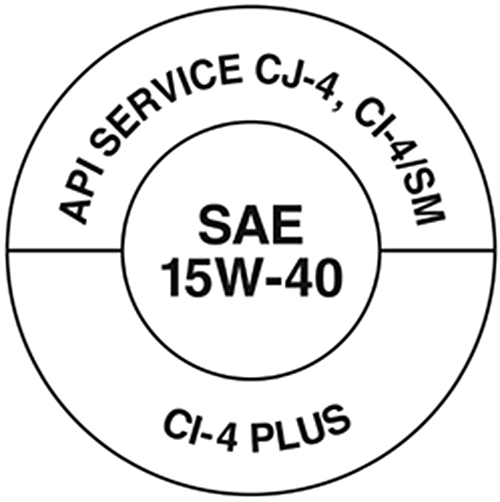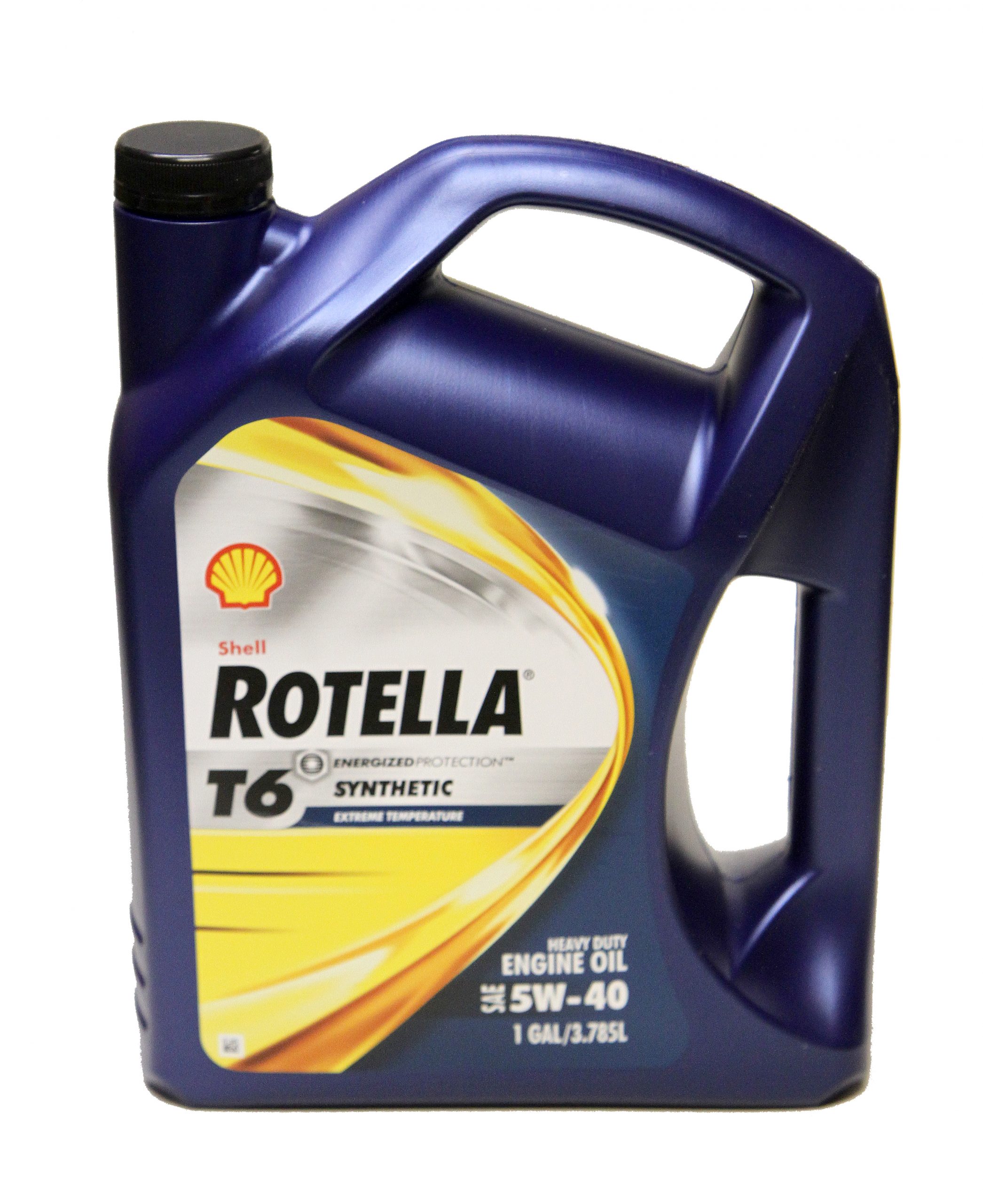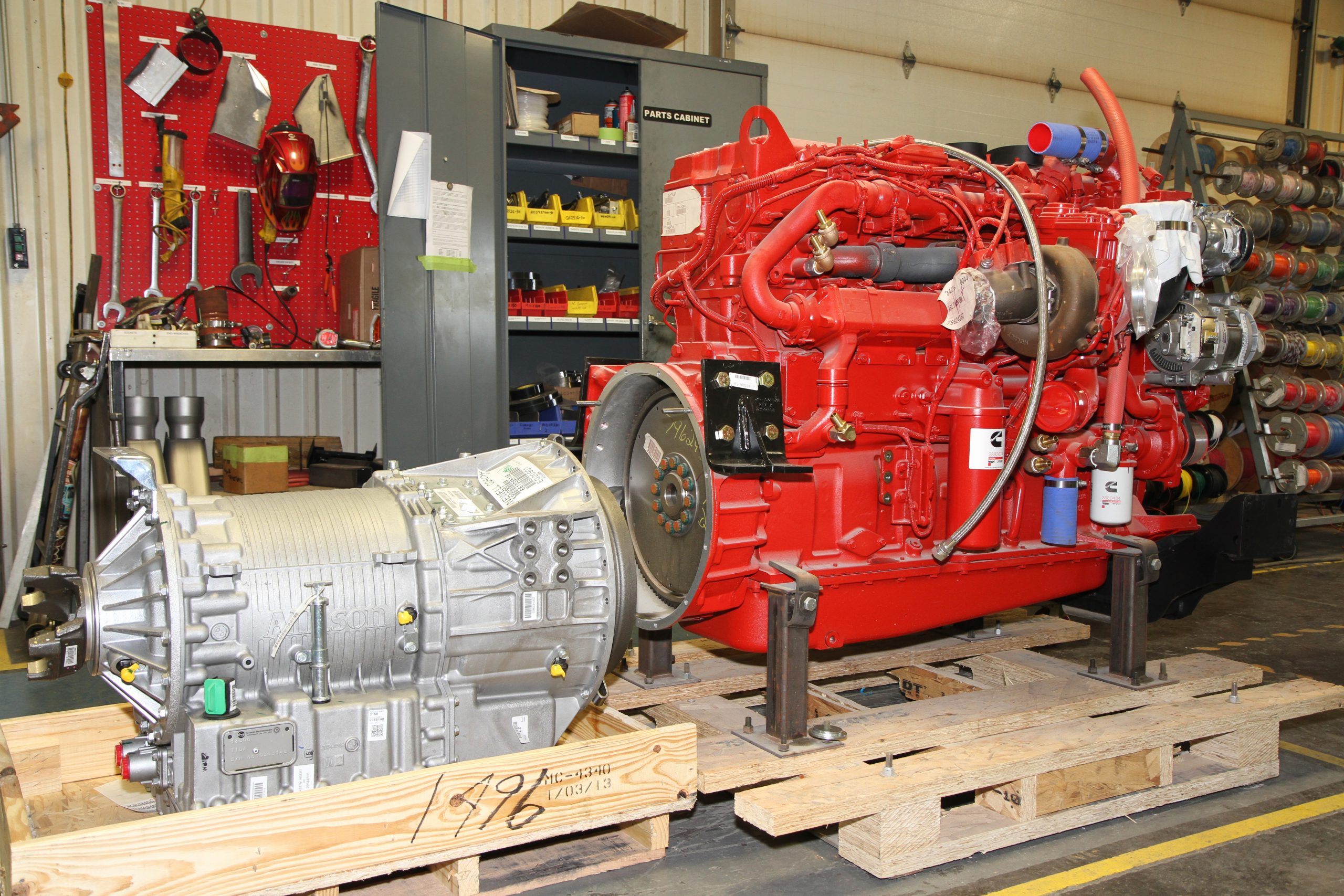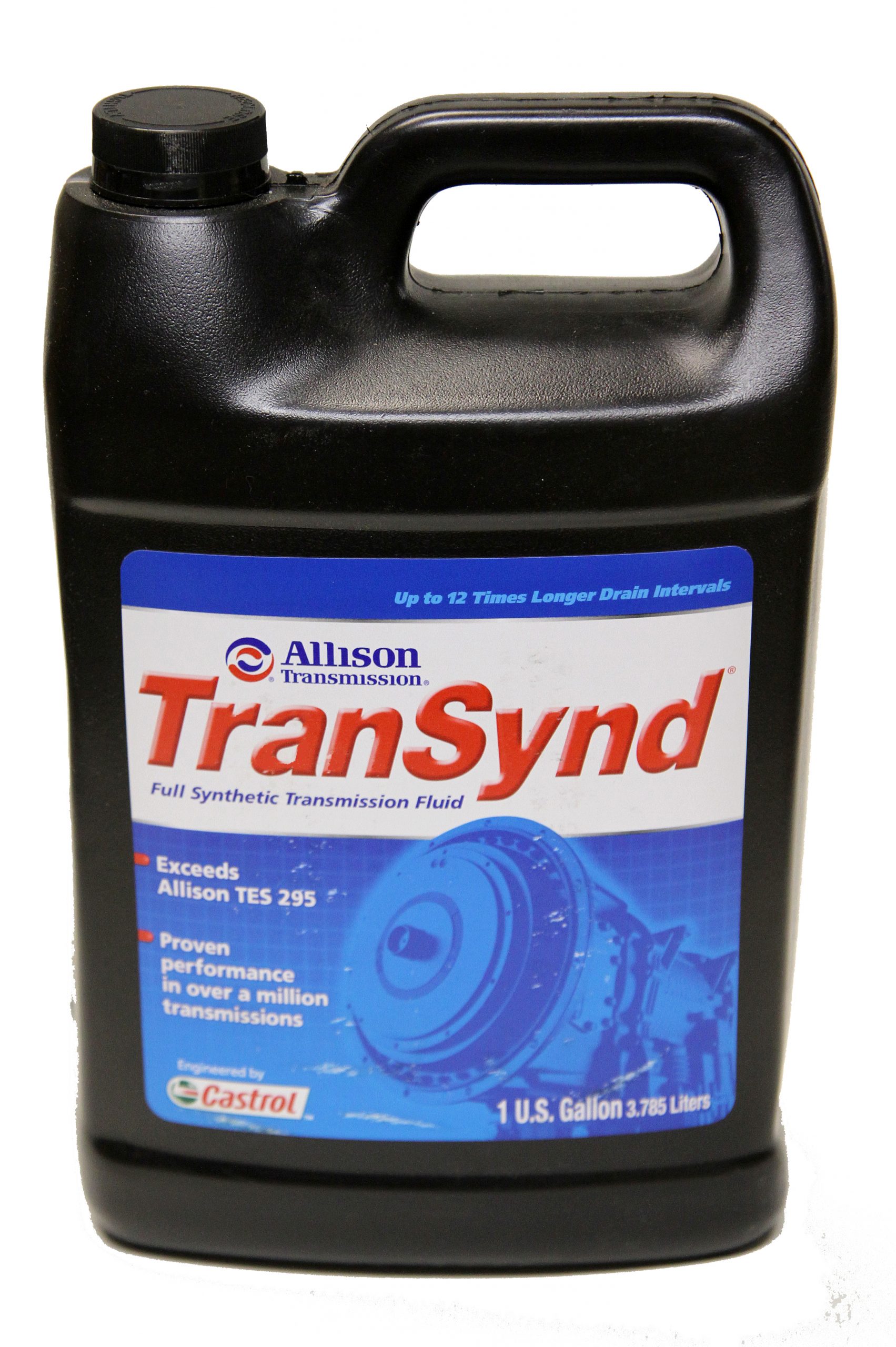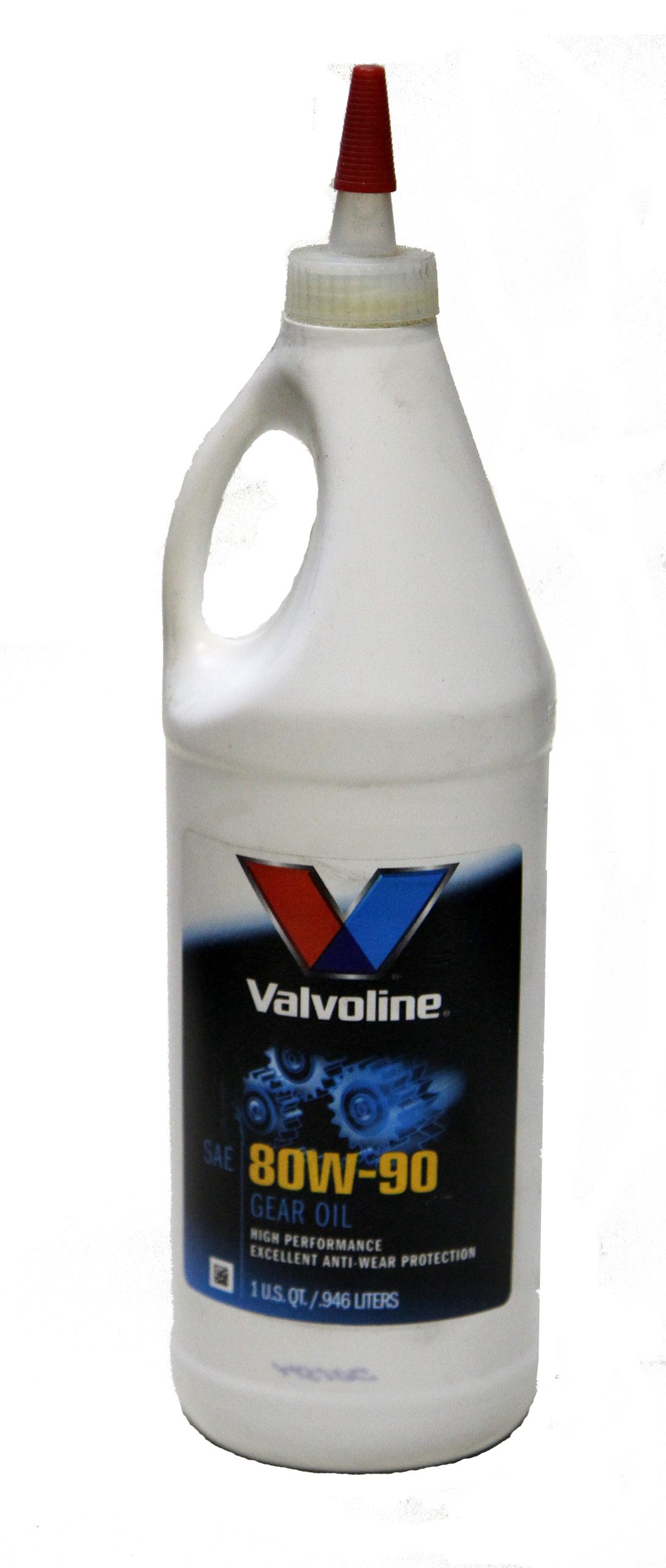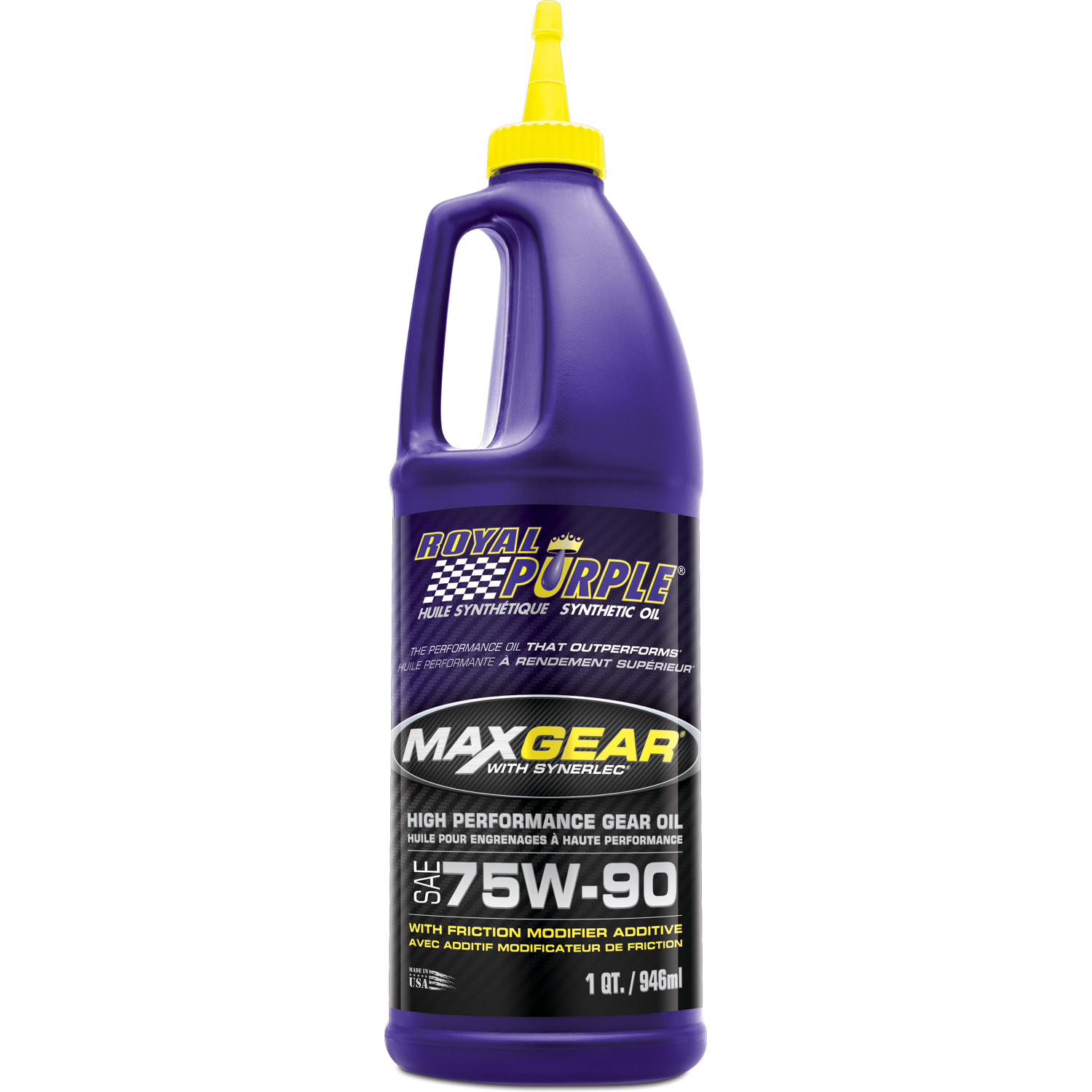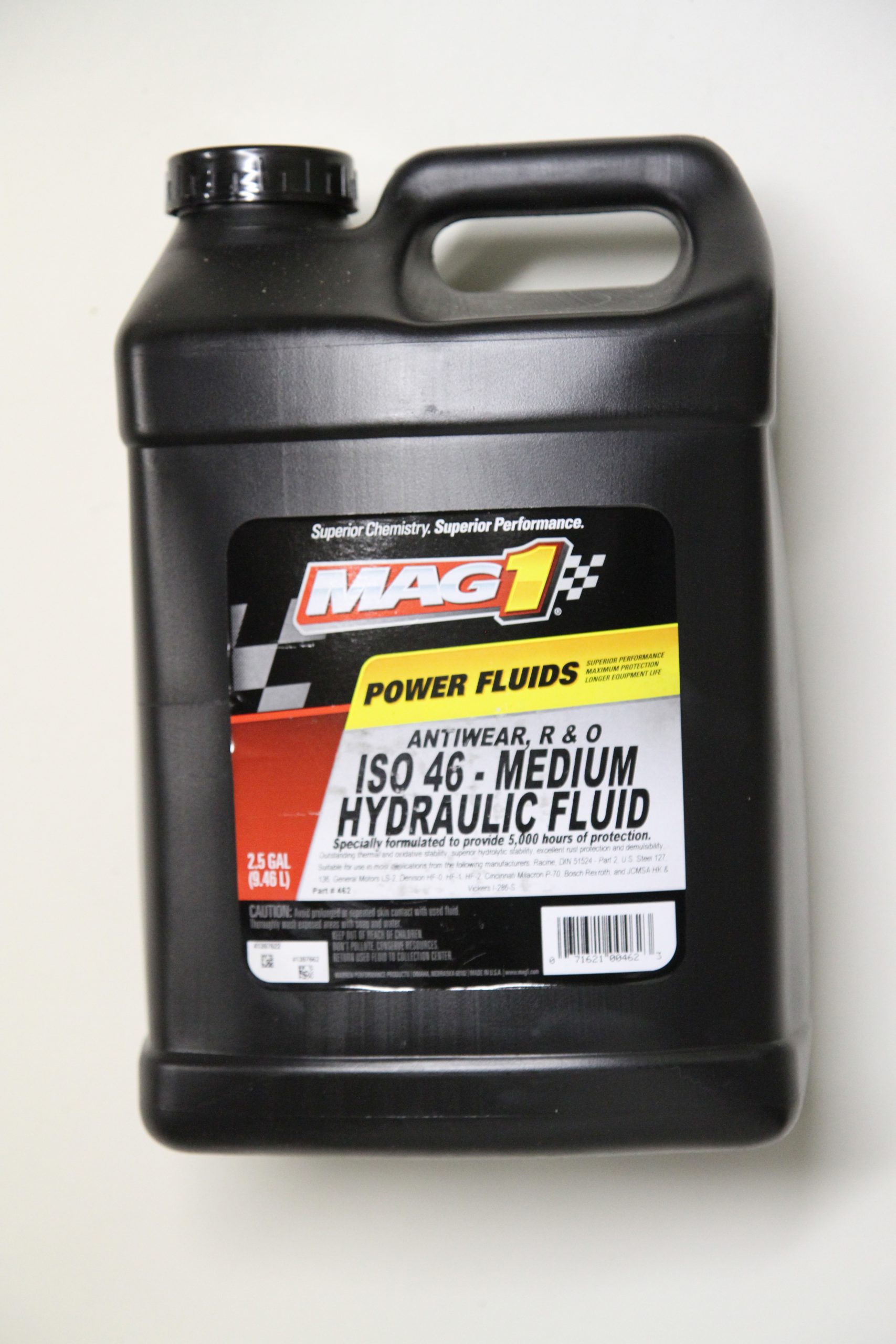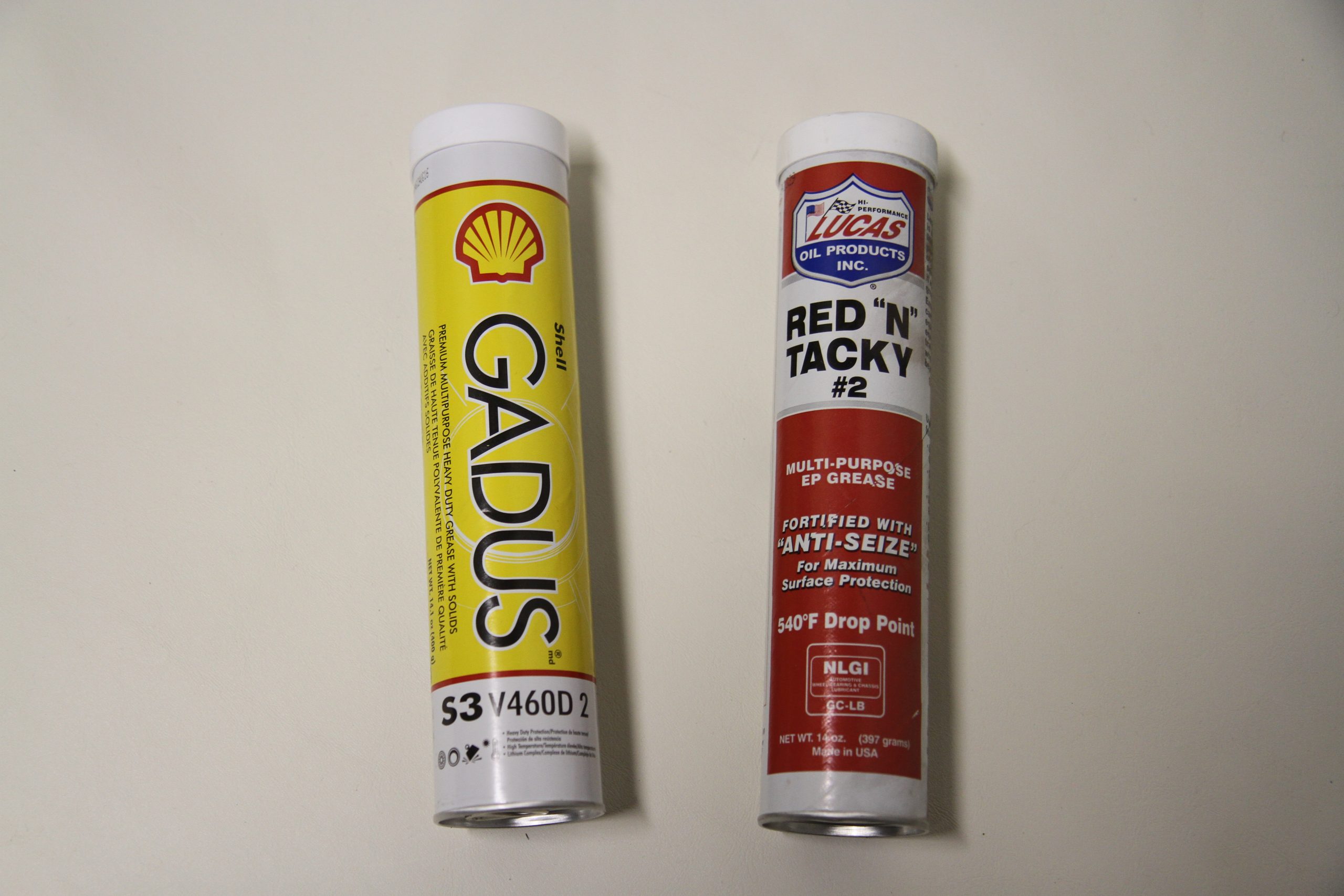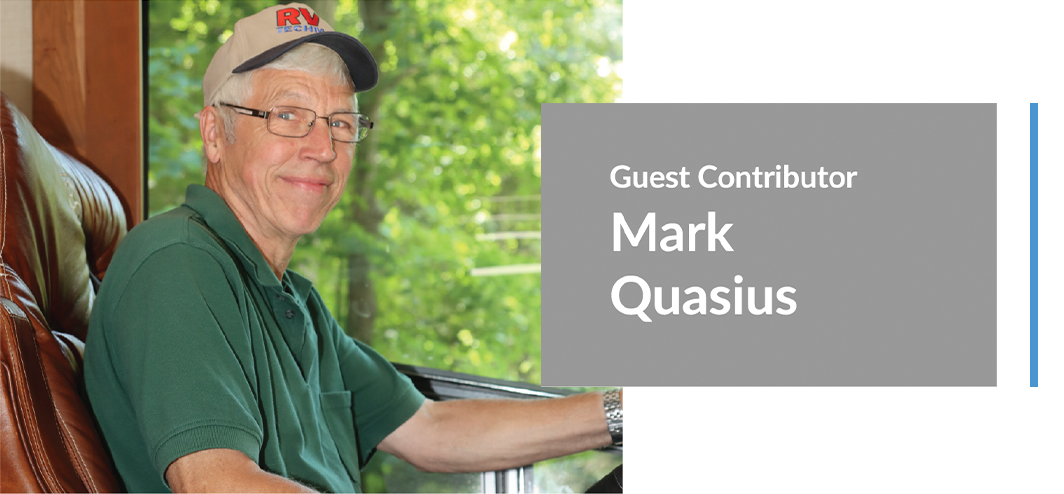2025 Newmar Ventana 4369 Tour with Angie Morell
2025 Newmar Ventana 3809 Tour with Angie Morell
FLOOR PLANS
The following 2024 Ventana models are still in the line-up for the 2025 model year: 3507, 3512, 3809, 4037, 4068, 4328, and 4369.
The Ventana 3817, 4310, and 4326 floor plans are no longer available for the new model year.
There is one new floor plan offered for the 2025 model year:
2025 Ventana 4340:
- Similar to last year’s 4310, the 4340 is a full wall slide bunk model with two full baths.
- The front living area features a standard 84” Hide-a-Bed Sofa on the off-door side which sits across from the new 48” Love Seat on the door side.
- Rear of the off-door side Hide-a-Leaf dinette sits a pantry, with the refrigerator and kitchen sitting on the door side.
- The mid-ship full bath sits across from 30”x73” bunks with drawers below, before entering the master bedroom featuring a King bed.
- The rear bathroom features a single sink vanity, a ward with the option for a washer/dryer, and a 50”x30” shower.
2025 Newmar Ventana 4369 Gallery
2025 Newmar Ventana 3809 Gallery
APPLIANCES AND ACCESSORIES
- The passenger laptop tray has been discontinued.
CABINETS AND FURNITURE
- A new 48” Loveseat has been developed – this is a fixed sofa and will not have any sleeping positions. This is standard in the new 4340 floorplan.
- For 2025, there are new cabinet colors including: Sable Maple, Sedona Maple, and Morel Maple. With Sable Maple being the standard woodgrain.
- Additionally, there is a new painted cabinetry color available Summit.
- These cabinet colors are available in either a High Gloss finish or new Suede finish. With Suede replacing the Matte finish from 2024.
- There is a new option for Two-Tone Cabinetry. Dark Woodgrains, Sable and Sedona, will be used on the lower cabinets and throughout the coach (trim, fascia, feature ceilings, window treatments, passage doors, wardrobe doors, and pantry doors), with the Summit (White) Woodgrain to be used on upper cabinetry. Summit is the only option for the upper cabinetry.
ELECTRICAL FEATURES
- All 2025 Ventana floorplans will be all – electric as a standard feature.
- The in dash Xite monitors will be housed under a single piece of glass. These will still be two separate monitors, but provide a sleeker, cleaner appearance.
- The previously used light gray KIB switch panels have been replaced with new 5” LCD touch screens.
- The KIB remote app will now have global access functionality.
- New wire routing to clean up ATC lighting box. This is the KIB Lighting box commonly found in the shoe storage.
EXTERIOR FEATURES
- There are three new exterior graphics available for 2025: Ebony, Sky, and Cider.
INTERIOR FEATURES
- A low-profile solid surface splash guard replaces the lit glass divider.
- In the main bath, vanity lights have been removed and replaced with puck lights in the ceiling. Allowing for the medicine cabinet mirrors to be raised as high as possible.
PLUMBING & BATH FEATURES
- A single bowl kitchen sink has replaced the double bowl kitchen sink from last year. This will be the same sink as 2024 with no center divide.
WINDOWS, AWNINGS, VENTS AND DOORS
- Hogan Sparrow will be the option replacing Linen Tweed for any special. Charcoal Tweed is standard on all three exterior graphic selections for 2025.
OPTION CHANGES
- There is a new option for Starlink Internet.
- An option to add a passenger side monitor is available for 2025. *This option will not be on the preproduction units due to the late addition.
- The optional wine cooler has changed to a new brand, Silhouette, to include dual zone cooling (4068 only).
- The wine glass stemware rack above wine cooler is no longer available and cannot be added as a special.
- LP is optional. This will include the LP tank, LP regulator, and the Three-Burner Cooktop. The refrigerator (Whirlpool 19.7) does not change.
Browse our 2025 Newmar inventory or contact us to learn more today.
